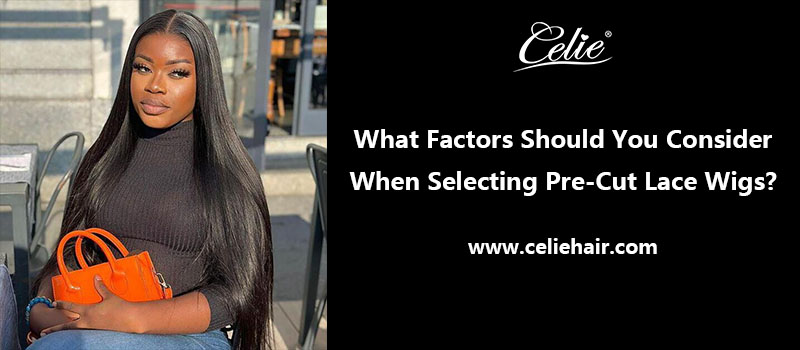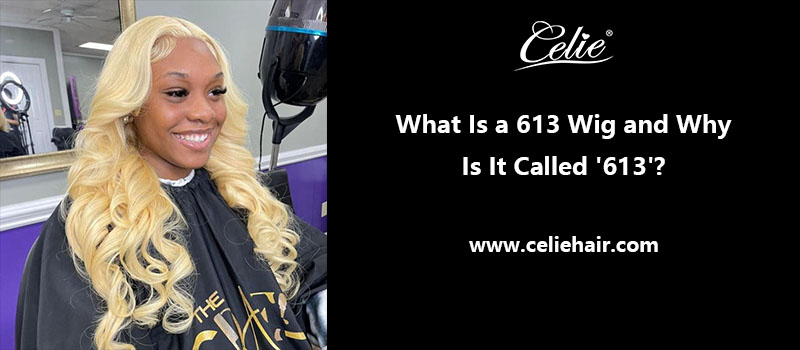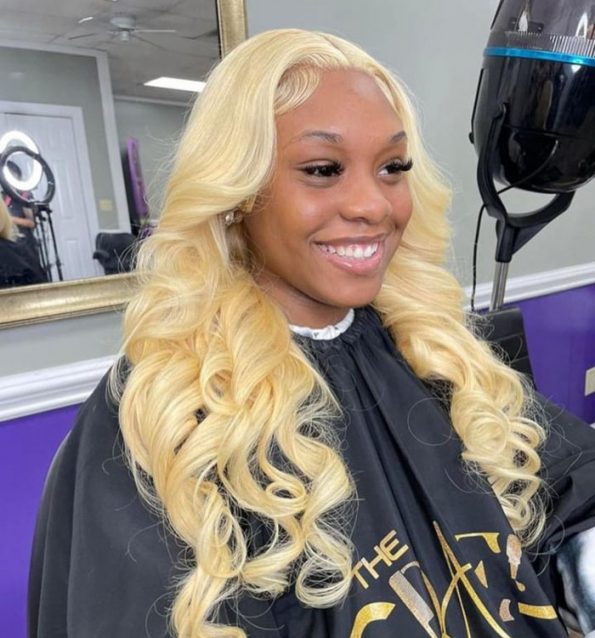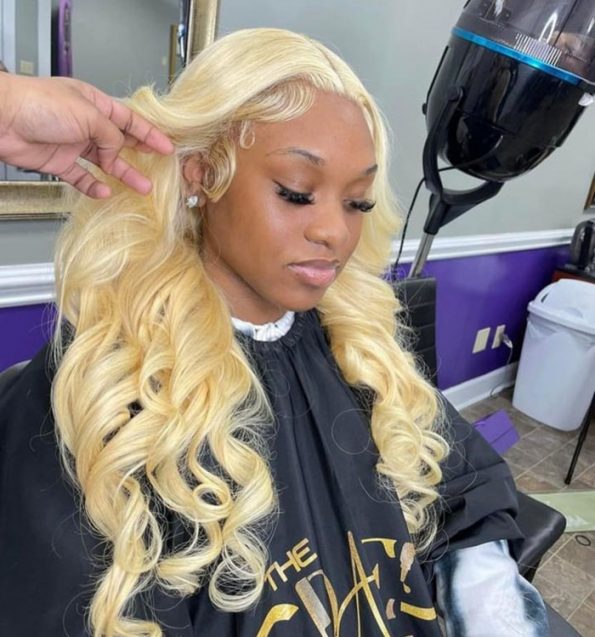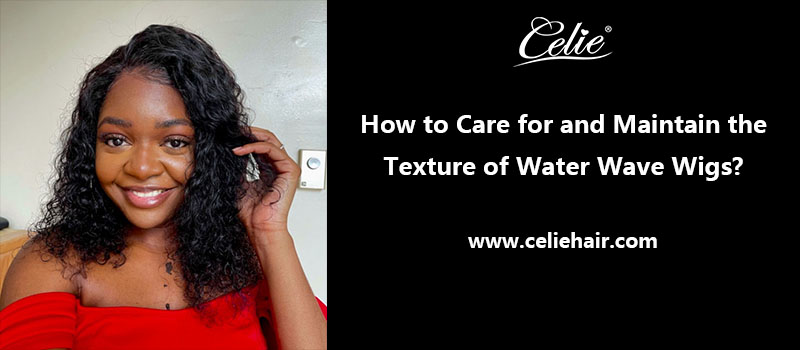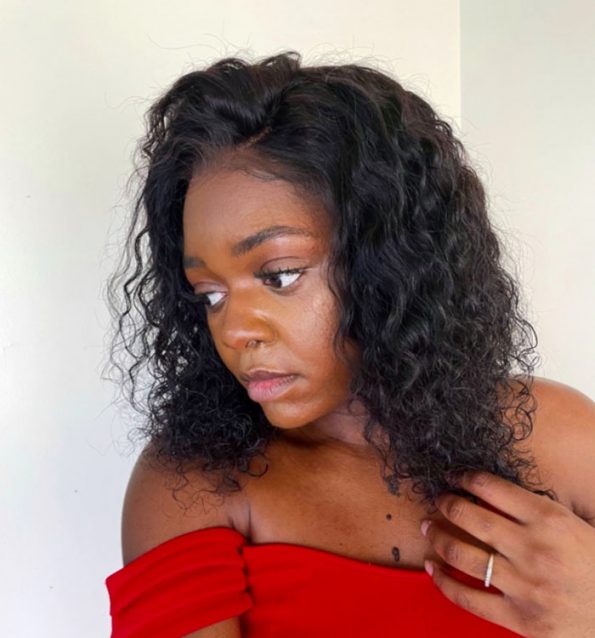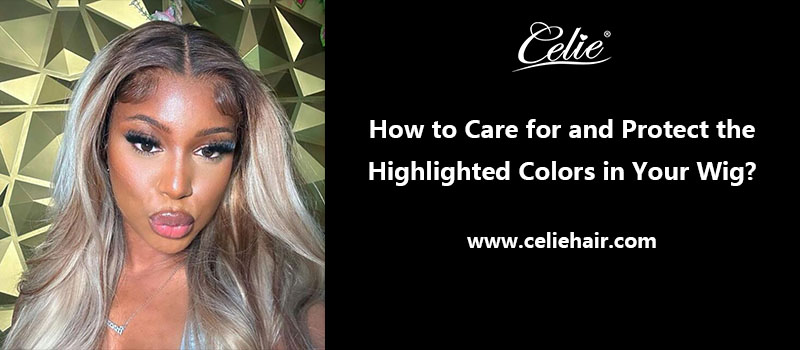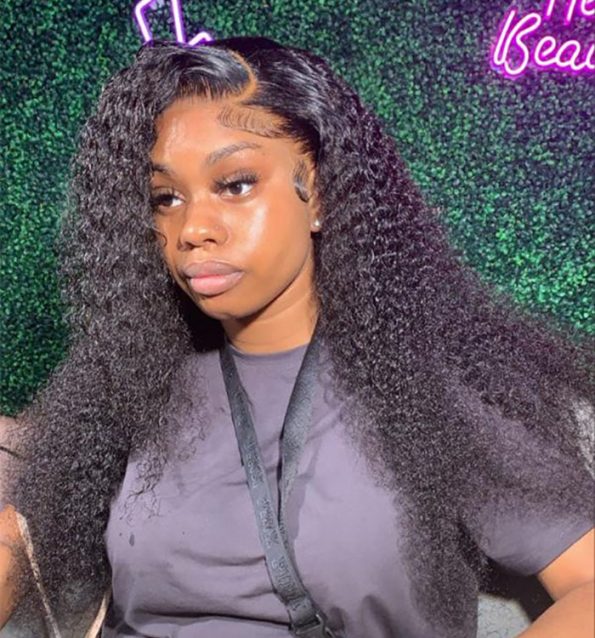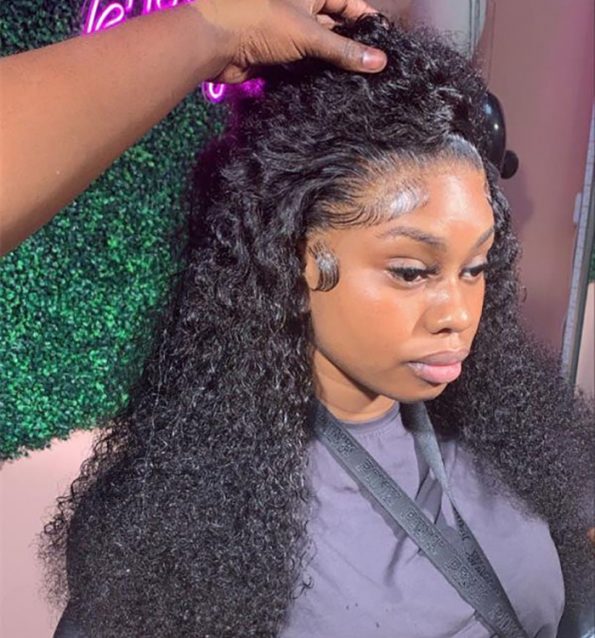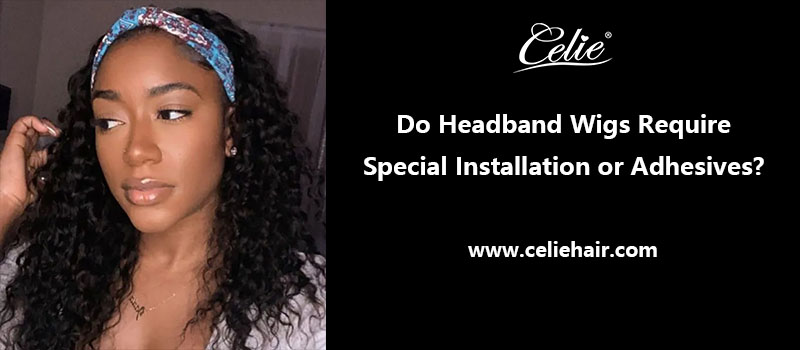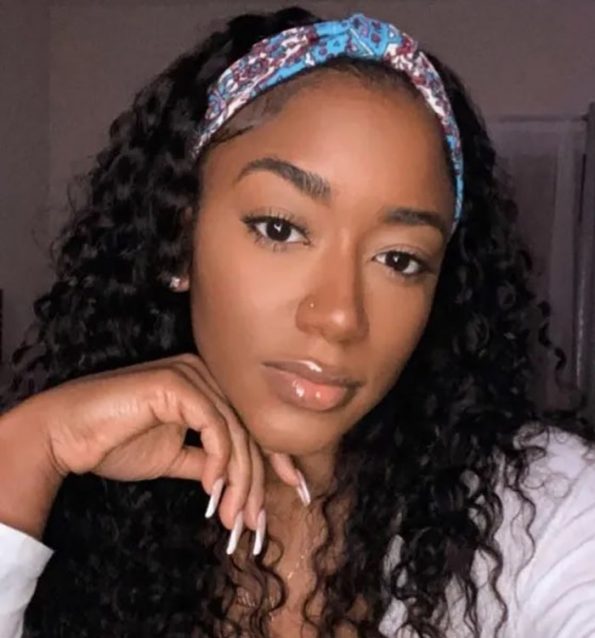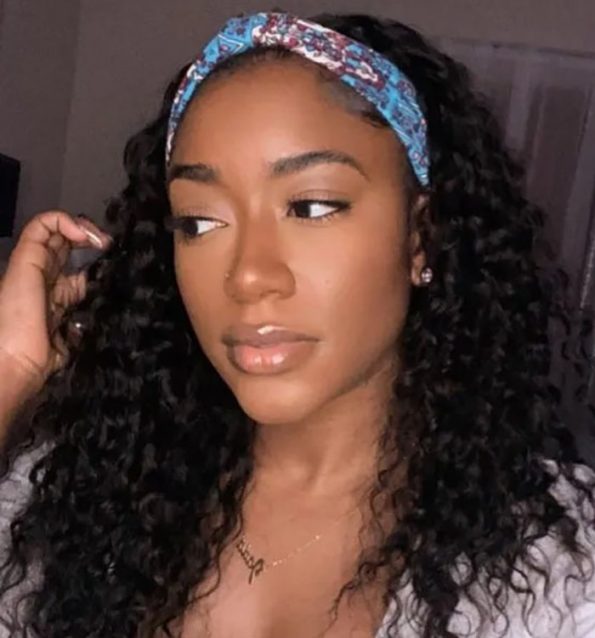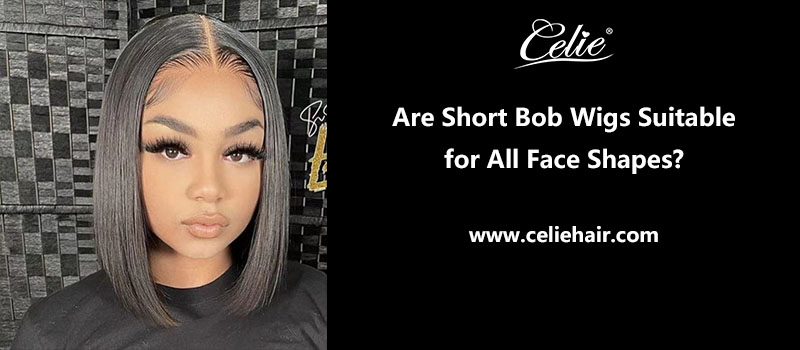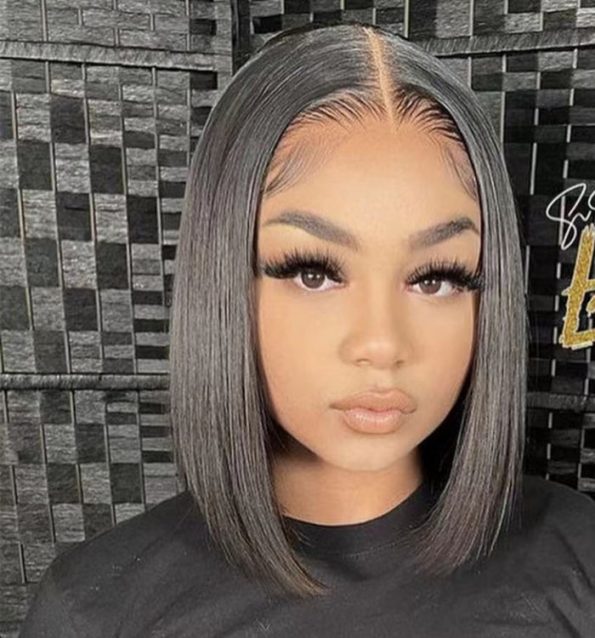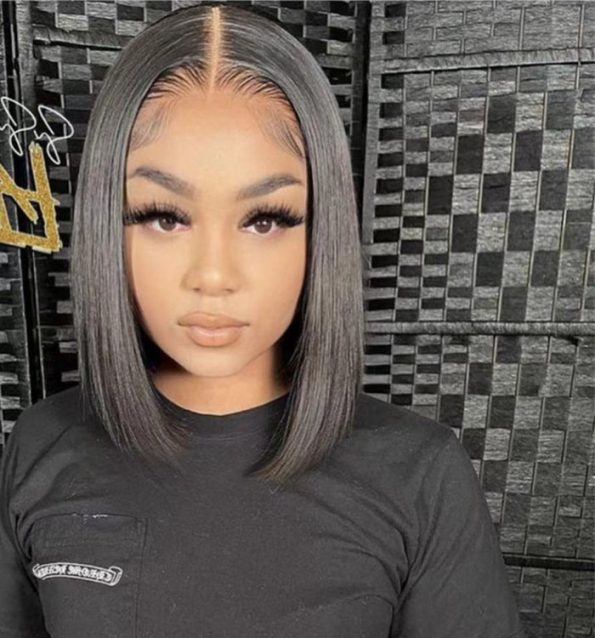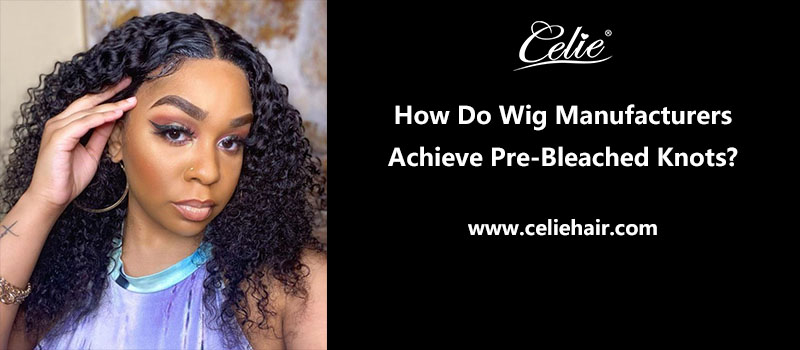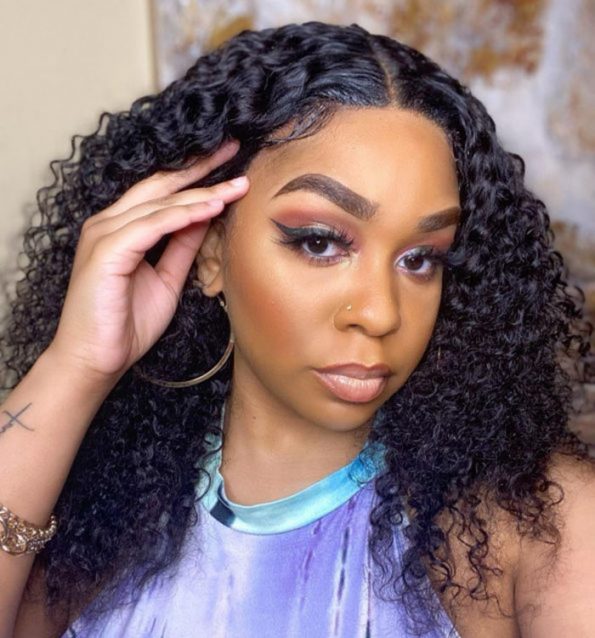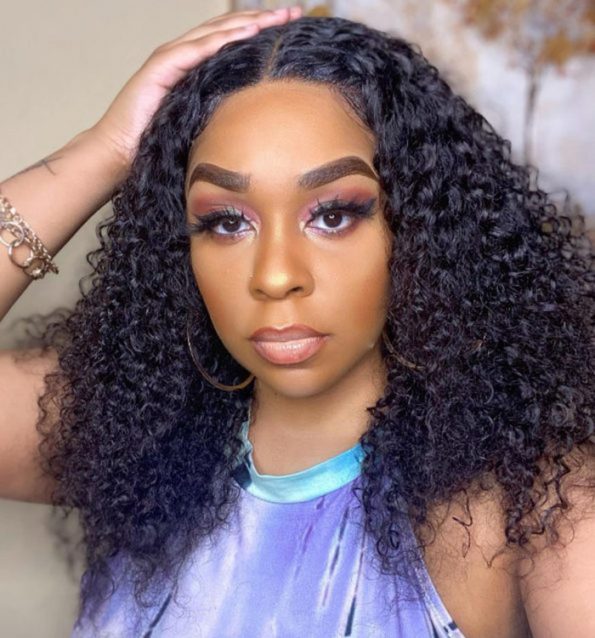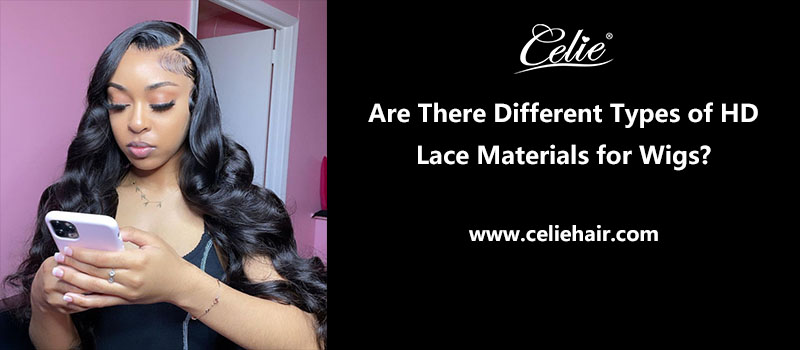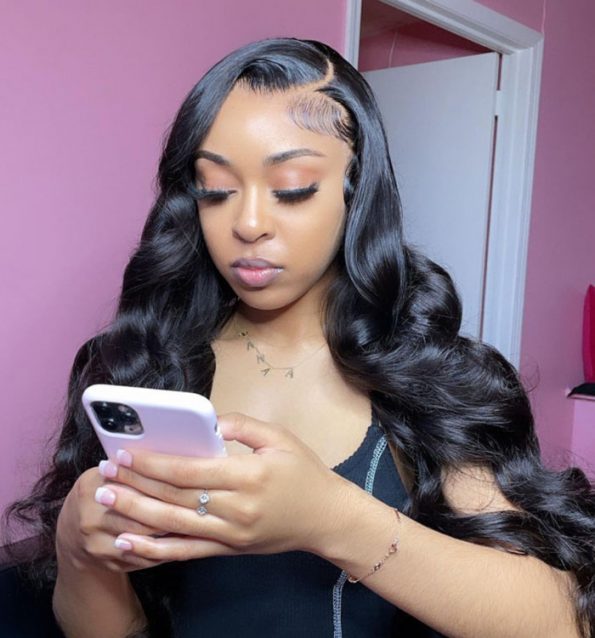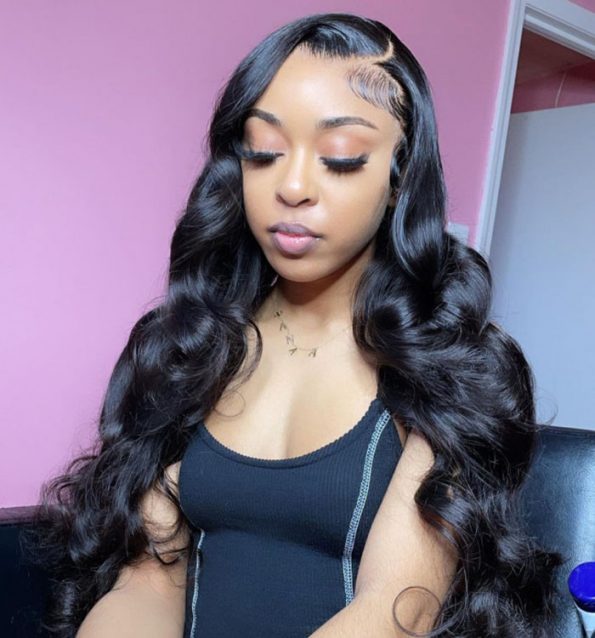Pre-cut lace wigs have emerged as a favorite due to their user-friendly nature and time-saving benefits. These wigs come with pre-cut lace that mimics the natural hairline, making them easy to install and style. However, choosing the right pre-cut lace wig involves more than just selecting a style you like. There are several factors to consider to ensure that the wig suits your preferences, needs, and lifestyle. In this comprehensive guide, we will delve into the essential factors you should consider when selecting pre-cut lace wigs.
- Hair type and texture.
The first step in choosing the perfect pre-cut lace wig is to determine the hair type and texture that best suits your natural hair. The variety of options available can be overwhelming, but understanding your hair’s characteristics will help you narrow down your choices. Lace wigs are typically available in straight, wavy, curly, and kinky textures. It’s crucial to select a texture that matches or complements your natural hair to achieve a seamless and natural look.
Moreover, consider the hair type – whether it’s human hair or synthetic hair. Human hair wigs offer a more authentic look and feel, allowing you to style them just like your natural hair. On the other hand, synthetic hair wigs are more affordable and come in various styles, but they might not offer the same level of versatility as human hair wigs. Choose the type that aligns with your preferences and maintenance routine.
- Lace type.
The type of lace used in pre-cut lace wigs significantly impacts their overall appearance and comfort. There are generally two types of lace used in these wigs: Swiss lace and French lace. Swiss lace is finer and more delicate, making it less detectable on the skin. However, its delicacy can also make it more prone to damage. French lace is slightly thicker and more durable, offering a balance between natural look and longevity.
When choosing a lace type, consider your skin sensitivity and how often you plan to wear the wig. If you have sensitive skin, you might lean towards Swiss lace for its lightweight and soft feel. If durability is a priority and you plan to wear the wig frequently, French lace could be a better option.
- Cap construction.
Pre-cut lace wigs come in various cap constructions, each designed to offer different levels of comfort and flexibility. The most common cap constructions include:
Full lace cap: This cap type features lace throughout, allowing for versatile parting and styling. It provides a natural-looking hairline all around and is ideal for those who want maximum styling options.
Lace front cap: In this cap style, only the front portion is made of lace, while the rest is constructed using a more durable material. Lace front caps create a natural hairline along the forehead and are suitable for those who prioritize a realistic front appearance.
360 lace cap: This cap features lace around the entire perimeter, allowing for versatile styling and updos. It strikes a balance between the full lace and lace front caps, offering both natural-looking edges and styling flexibility.
U-part wig: A u-part wig features a U-shaped opening at the crown, allowing you to blend your natural hair with the wig for a seamless look. This cap style is ideal for individuals who want to incorporate their natural hair into their hairstyle.
Consider your preferred style, the amount of ventilation you need, and how often you plan to change your hairstyle when selecting a cap construction.
- Hair length and density.
The length and density of the hair are crucial factors to consider when choosing a pre-cut lace wig. The length should align with your desired hairstyle and personal preference. Whether you’re going for a short bob, long flowing locks, or something in between, make sure the wig’s length complements your face shape and style goals.
Density refers to the thickness of the hair on the wig. It’s important to choose a density that mimics your natural hair or achieves the desired volume. Keep in mind that overly dense wigs can look unnatural, while very thin wigs might not provide the desired fullness. Consider your natural hair density and the look you’re aiming for to make an informed decision.
- Hairstyle and color.
The hairstyle and color of the pre-cut lace wig are perhaps the most exciting aspects to consider. With a wide range of styles and colors available, you have the freedom to experiment with different looks. When selecting a hairstyle, think about your personal style, the occasions you’ll be wearing the wig for, and the ease of maintenance. Whether you prefer sleek and straight, beachy waves, or tight curls, choose a style that resonates with you.
When it comes to color, you can opt for a shade that matches your natural hair or go for something entirely different for a bold transformation. Some pre-cut lace wigs also come with highlights or ombre effects for added dimension. Consider your skin tone, wardrobe, and how comfortable you are with the chosen color.
- Ease of application and styling.
One of the primary benefits of pre-cut lace wigs is their ease of application compared to traditional lace wigs. However, it’s still important to consider how comfortable you are with installing and styling the wig. If you’re new to lace wigs, you might want to start with a style that requires minimal customization. As you become more experienced, you can explore styles that allow for more intricate parting and styling.
Additionally, consider the wig’s versatility in terms of styling. Some wigs can be heat-styled, allowing you to use tools like straighteners and curling irons to achieve different looks. If styling options are important to you, ensure that the wig you choose can withstand heat styling without damage.
- Budget.
Like any other purchase, your budget plays a significant role in selecting a pre-cut lace wig. The price of these wigs can vary widely based on factors such as hair type, length, quality, and brand. Human hair wigs tend to be more expensive than synthetic ones due to their authenticity and durability. Determine a budget range that you’re comfortable with and explore options within that range. Remember that a higher upfront investment in a quality wig can often lead to better long-term satisfaction.
- Brand and reviews.
Researching reputable brands and reading customer reviews is an essential step in the selection process. Established brands often have a history of providing high-quality wigs that align with industry standards. Reading reviews from customers who have purchased the specific wig you’re interested in can give you insights into its comfort, durability, and overall performance.
- Customization options.
While pre-cut lace wigs come with a predefined hairline, some brands offer customization options for additional fees. This can include custom hairline designs, bleached knots, and additional parting options. If you’re looking for a wig that perfectly matches your preferences, inquire about customization options before making a purchase.
- Maintenance and longevity.
Finally, consider the maintenance and longevity of the pre-cut lace wig. Human hair wigs typically require more care and maintenance compared to synthetic ones. If you’re willing to invest time in proper care routines, a human hair wig can last longer and maintain its quality over a year and half.
FAQs about pre-cut lace wigs.
Pre-cut lace wigs have become a popular choice for individuals seeking convenient and natural-looking hairstyles. As these wigs continue to gain traction in the beauty industry, it’s only natural that questions arise about their features, benefits, and usage. In this section, we address some frequently asked questions about pre-cut lace wigs to provide you with a comprehensive understanding of this hair accessory.
- What is a pre-cut lace wig?
A pre-cut lace wig is a type of wig that comes with the lace portion around the hairline pre-trimmed and pre-shaped to mimic the appearance of a natural hairline. This lace is usually thin and virtually undetectable when properly applied to the skin. The pre-cut design eliminates the need for users to customize the lace themselves, making installation quicker and easier.
- How do pre-cut lace wigs differ from regular lace wigs?
Regular lace wigs typically come with a full piece of lace that needs to be cut, customized, and secured to achieve a natural hairline. On the other hand, pre-cut lace wigs feature a lace front that is already tailored to resemble a natural hairline. This eliminates the need for intricate cutting and shaping, making pre-cut lace wigs more user-friendly, especially for beginners.
- Are pre-cut lace wigs made from human hair or synthetic hair?
Pre-cut lace wigs are available in both human hair and synthetic hair options. Human hair wigs offer a more realistic look and feel, as they can be styled, colored, and treated just like natural hair. Synthetic hair wigs are more affordable and often come pre-styled, making them a convenient choice for individuals looking for ready-to-wear options.
- Can I style pre-cut lace wigs?
Yes, the ability to style pre-cut lace wigs depends on the type of hair used in the wig. Human hair pre-cut lace wigs can be styled using heat tools such as straighteners and curling irons, just like your natural hair. However, synthetic hair wigs have limitations when it comes to heat styling, as high temperatures can damage the synthetic fibers.
- How do I apply a pre-cut lace wig?
Applying a pre-cut lace wig involves a few key steps:
Prepare your hair: Braid or flatten your natural hair to create a smooth base for the wig.
Cleanse and dry: Cleanse your scalp and let it dry completely before application.
Secure the wig: Use wig clips or adhesive to secure the wig onto your head. Ensure that the wig’s hairline matches your natural hairline.
Adjust and blend: Adjust the wig’s position as needed and blend the edges of the lace with your skin using adhesive. You can use makeup to further blend the lace into your complexion.
Style: Style the wig as desired using appropriate products and tools.
- How long can I wear a pre-cut lace wig?
The duration you can wear a pre-cut lace wig depends on the adhesive used, your skin type, and your maintenance routine. Some adhesives offer temporary holds for daily wear, while others provide stronger holds for extended wear. It’s important to follow the manufacturer’s guidelines for adhesive usage and removal to avoid damaging your natural hair and skin.
- Can I swim or shower with a pre-cut lace wig?
Swimming or showering with a pre-cut lace wig is generally not recommended, especially for extended periods. Water and moisture can weaken the adhesive, causing the wig to lift or become loose. If you need to wear a wig during water-based activities, consider using a waterproof adhesive and taking extra precautions to secure the wig in place.
- Do I need professional help to apply a pre-cut lace wig?
While some individuals choose to visit professionals for wig application, many people successfully apply pre-cut lace wigs themselves. There are numerous tutorials available online that provide step-by-step guidance for applying and styling these wigs. With practice, you can become proficient at applying the wig on your own.
- How do I maintain and care for a pre-cut lace wig?
Maintaining a pre-cut lace wig involves proper care and storage. For human hair wigs, use sulfate-free and paraben-free hair care products designed for chemically processed hair. Gently detangle the hair with a wide-tooth comb and store the wig on a wig stand when not in use. Synthetic hair wigs require specific synthetic hair care products and should be stored away from direct sunlight and heat sources.
- Can I sleep with a pre-cut lace wig on?
It’s generally advisable to remove your pre-cut lace wig before sleeping. Wearing a wig while sleeping can lead to tangling, friction, and damage to both the wig and your natural hair. If you prefer to wear a wig at all times, consider investing in a sleep cap or bonnet to protect the wig during sleep.
- Are there different cap sizes available for pre-cut lace wigs?
Yes, pre-cut lace wigs are available in various cap sizes to accommodate different head shapes. When purchasing a wig, make sure to check the sizing options provided by the manufacturer. It’s important to choose a cap size that fits securely and comfortably to prevent the wig from shifting or becoming uncomfortable during wear.
- Can I dye or bleach a pre-cut lace wig?
For human hair pre-cut lace wigs, dyeing or bleaching is possible, similar to natural hair. However, it’s recommended to consult with a professional hairstylist who specializes in wigs to ensure that the process is done correctly and without causing damage to the wig’s fibers. Keep in mind that excessive chemical treatments can impact the longevity and quality of the wig.
In summary.
As you embark on the exciting journey of selecting a pre-cut lace wig, remember that Celie Hair offers a comprehensive range of options that align with these essential factors. With each wig carefully crafted to cater to your needs, you can confidently embrace a new hairstyle that reflects your personality and enhances your beauty. Experience the transformation with Celie Hair’s pre-cut lace wigs and embark on a journey of self-expression like never before.
